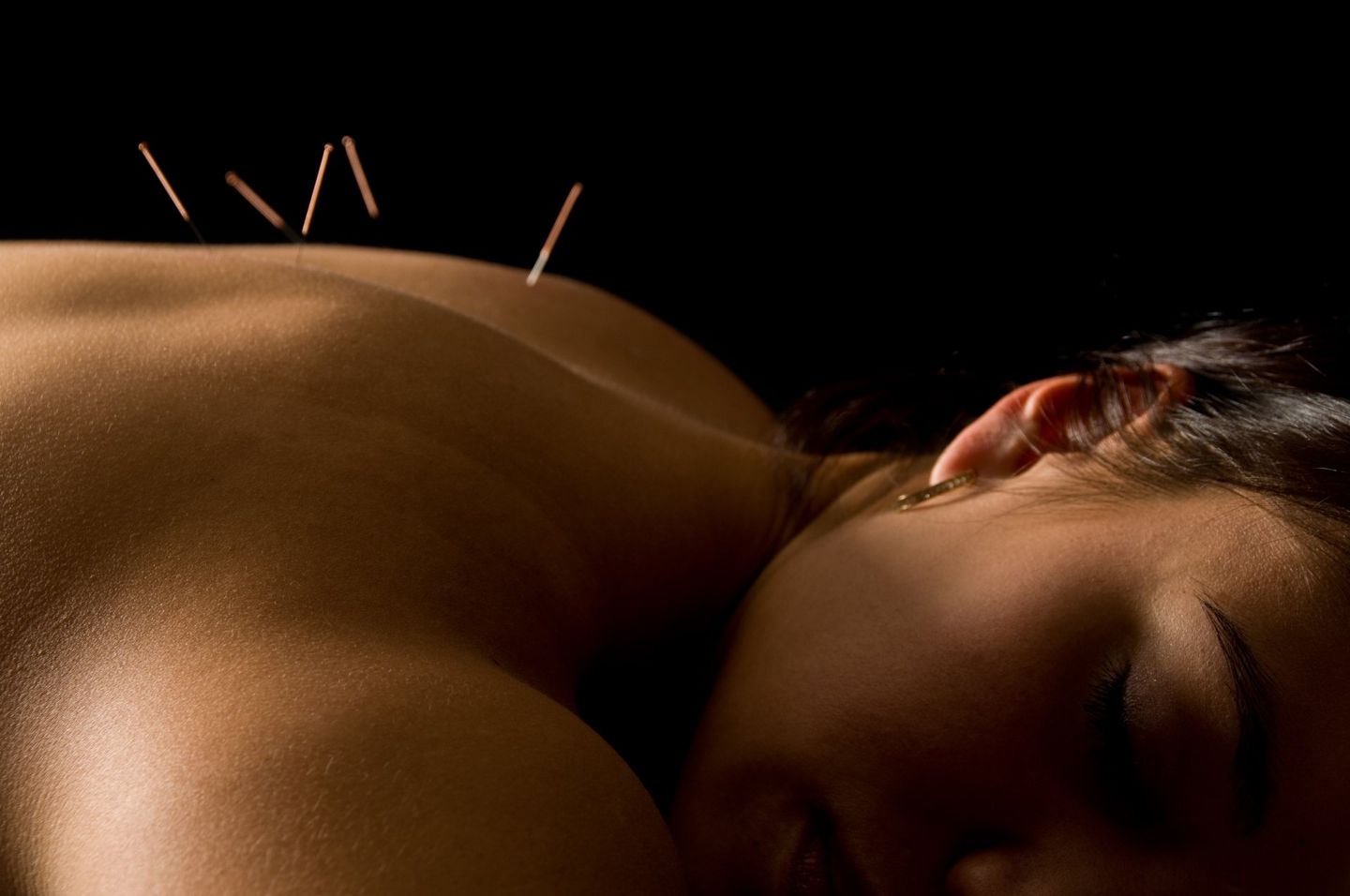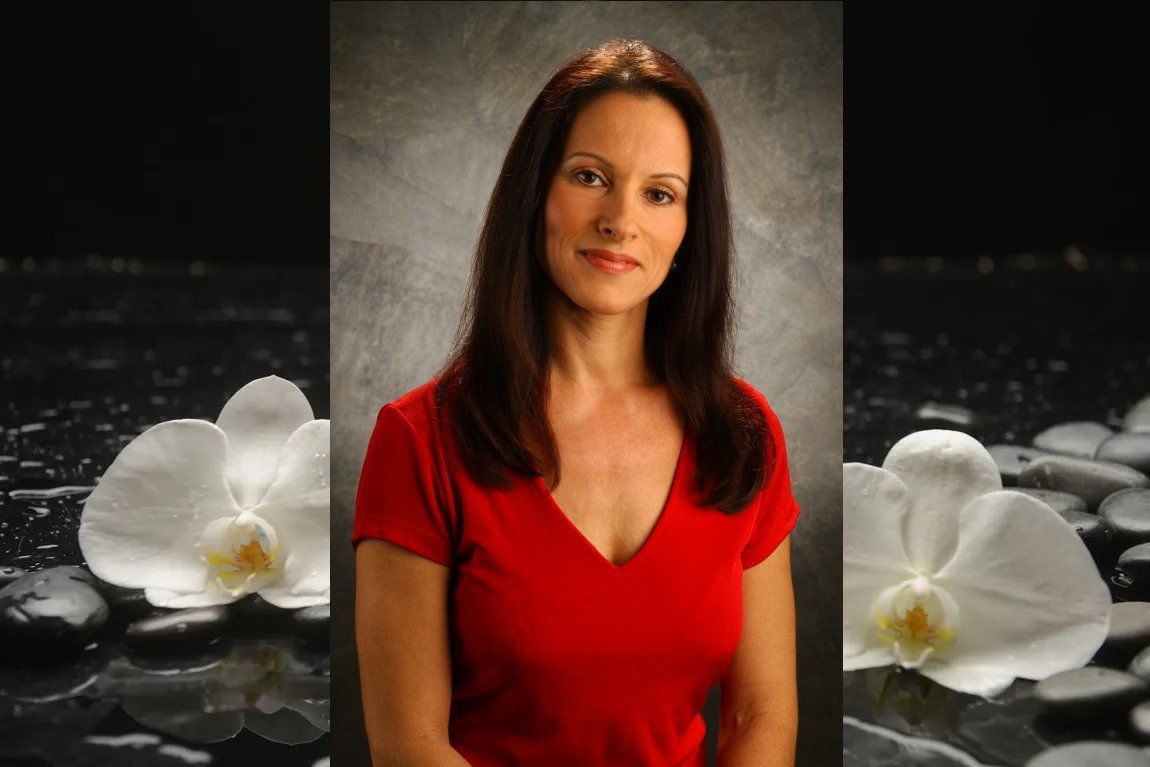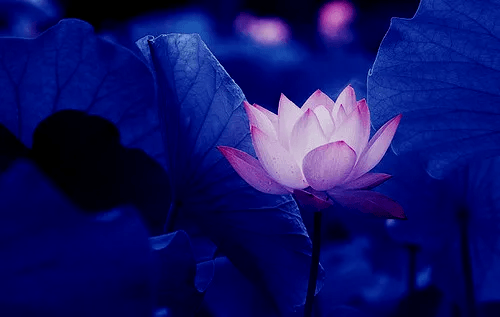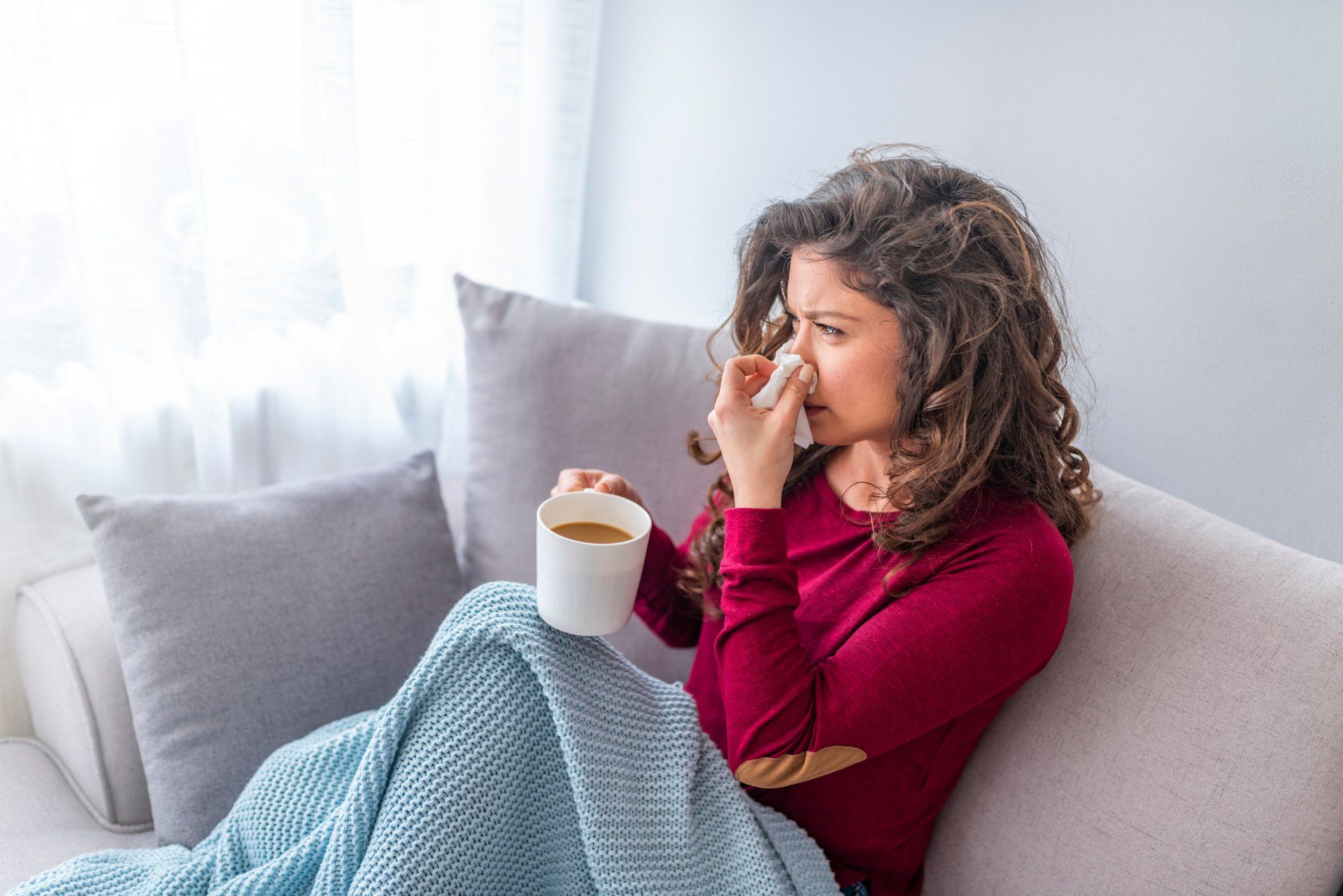May 9, 2021
Most Westerners have very little understanding of the medical practice known as Traditional Chinese Medicine and Acupuncture. For some it is fascinating, yet vague and somewhat mysterious. To others, whose primary exposure has been to traditional Western allopathic medicine, it may be readily dismissed as not being ‘real medicine’; an inferior modality with little basis in scientific thought. There are even those who think of it as some type of ‘voodoo’ and to them it can feel like an alien and disquieting practice. None of these responses is unexpected. When we don’t understand something, it is possible to react in any of these ways – with genuine interest, casual dismissal or even fear. It is through education, experience and familiarization that Traditional Chinese Medicine can be seen and understood more clearly for what it is – a comprehensive and credible medical modality that is extensive, complex and, above all, effective in treating a wide range of diseases and conditions. Traditional Chinese Medicine (TCM) is comprised of the practices of Acupuncture and Chinese Herbal Medicine. It is the oldest professional, continually practiced medicine in the world, with enormous amounts of written literature stretching back almost 2500 years. In the United States, however, it is in its mere infancy having been formally introduced here just over thirty years ago. Recently its availability and acceptance has been growing by leaps and bounds and is expected to continue to do so. So what is this ‘new’ medicine known as Acupuncture and how does it work? Practitioners of TCM view the human body and the course of disease very differently than their MD counterparts. This view is based on a very complex system of channels and organs through which energy, blood and body fluids flow. Good health can be maintained when there is balance and harmony within this system. Disease arises from disruptions and imbalances in the system. To treat the many conditions that can develop from these imbalances, a practitioner of Traditional Chinese Medicine must determine which elements are out of balance – the first step in establishing an accurate diagnosis. For example, a TCM practitioner will check to see if the patient is exhibiting symptoms of heat or of cold or perhaps they are too damp or too dry. The patient may be deficient and weak or the opposite, have an unhealthy excess. In addition we must determine which organs are implicated in these imbalances, which channel systems have been affected and to what stage the problem has progressed. All of these elements combine to form the patient’s diagnosis according to Traditional Chinese Medicine. This diagnosis determines which patterns of disharmony are present and will require rebalancing. These imbalances are then addressed using acupuncture and, if appropriate, Chinese herbal medicinals. Often, questions of diet, lifestyle and stress levels are also considered and discussed. This unique system of diagnosis enables us to treat the root causes of pain and disease which very often results in genuine long term recovery and not just temporary relief of symptoms. The practice of Acupuncture uses a complex system of channels that flow throughout the body – similar to how our circulatory system works – and is used to transport blood, fluids and the body’s vital energy (known as Qi). There are approximately 400 specific acupuncture points that allow access to this system via the insertion of fine needles. If these channels were a network of underground streams, acupuncture points would be the above ground openings through which we could drop in a fishing line. Each of these acupuncture points has its own energetic functions which alone or in combination can be used to treat the patient’s specific patterns of disharmony. The insertion of acupuncture needles is usually painless – in fact most people don’t even know the needle has been inserted until the practitioner applies a slight stimulus in order to connect with the body’s Qi. Then they may feel some sort of sensation, but rarely pain. On the whole, most patients experience an overall sense of deep relaxation and well-being which comes from affecting the body on a deep energetic level. Acupuncture and Chinese herbal medicine can be used to treat a wide range of diseases and conditions. Some of these include acute and chronic pain, migraines, sports injuries, colds and flu, gynecologic disorders, allergies, asthma, gastrointestinal disorders, arthritis, autoimmune diseases, high blood pressure, sciatica and infertility. Many chronic and difficult to treat conditions respond well to this form of medicine, often succeeding where others have failed. Bear in mind that the study and practice of Traditional Chinese Medicine is extremely complex and extensive and not just a collection of techniques that can be easily added to other health care professions’ treatment practices. For these reasons, when choosing a practitioner it is best to seek out one that is State Licensed and Nationally Board Certified in Acupuncture and Chinese herbal medicine. Medical training in Chinese medicine usually requires a minimum of three to four years in an accredited Graduate Degree program so be sure to check credentials when seeking treatment and choose a professionally trained and qualified practitioner. Your best indicator of the benefits of this medicine will be the results of your own treatments, so go ahead and give it a try if you haven’t yet done so. See for yourself, Acupuncture works!








